Kengo Kuma's new Folk Art Museum draws on Hangzhou's local vernacular
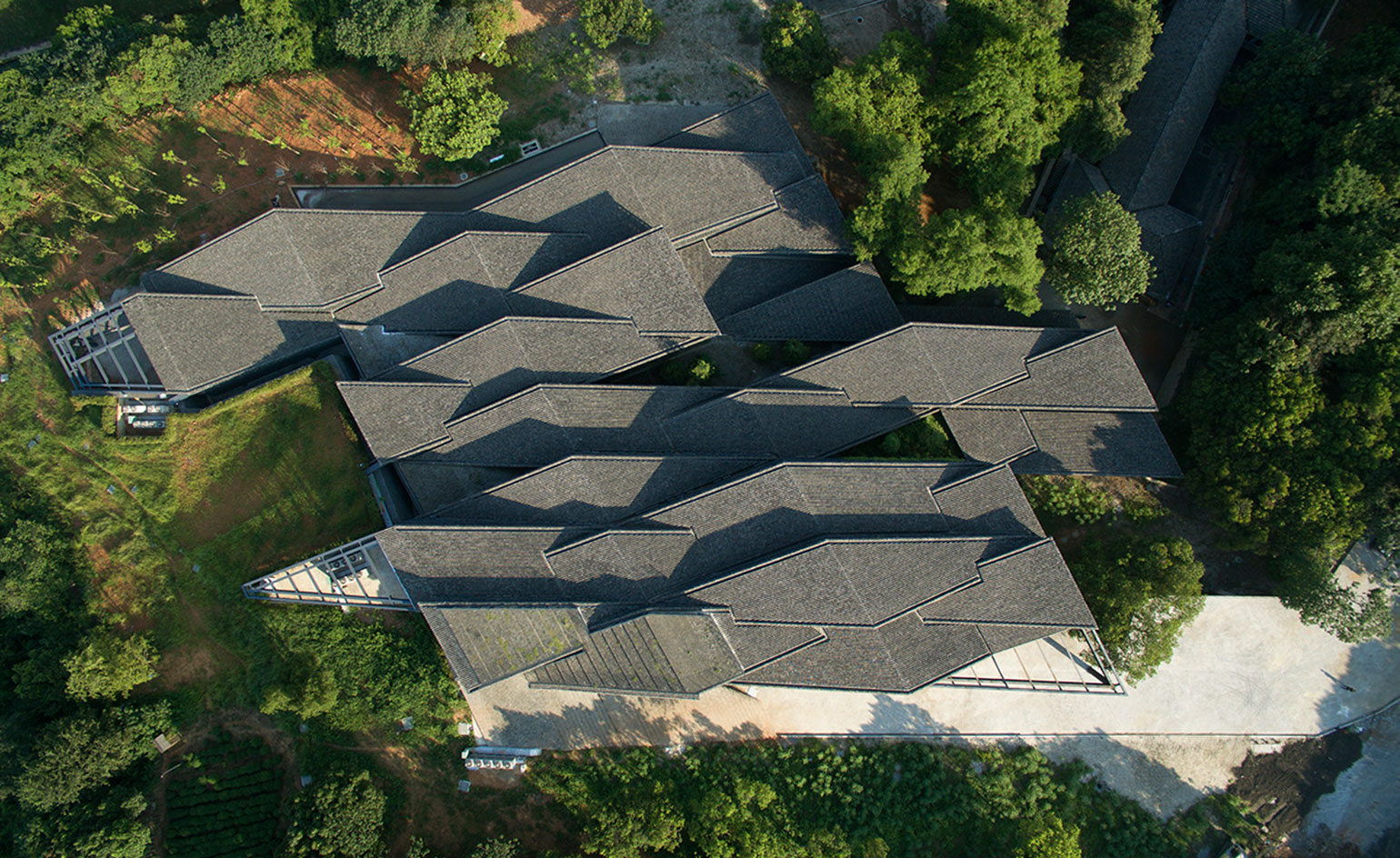
Located in the outskirts of Hangzhou, China's alluring green landscape of rolling hills and peaceful lakes, the dark, subtle, angular shapes of the striking new Folk Art Museum building are the latest addition to the China Academy of Arts grounds, courtesy of Japanese architect Kengo Kuma.
Situated within the renowned school's campus, the project is set to carve meaningful relationships between visitors, displays and their environment. Its low, distinct outline is nestled into the sloped site - formerly a tea field - and resembles a group of gently angled pitched roofs. The arrangement cascades downwards, referencing through its geometry and composition local vernacular and construction techniques.
Indeed, a sense of place and the site were important to this project; the architect was keen to 'design a museum from which the ground below can be felt', keeping the buildings low - they don't exceed two storeys in height. The cascading roof system allows the building to cleverly mitigate the site's irregularities, at the same time creating the appearance of a 'village', explain the architects.
Kuma also worked with rich, local materials, such as cedar and reclaimed roof tiles used to cover old homes in the region, drawing even more parallels between his work and the area's traditional architecture. A stainless wire mesh on the facade, both holds the tiles - which vary in size - together and creates a pleasant screen for the building, which filters light and shadow, and controls views.
The complex's generous museum display areas are complemented by state-of-the-art conference facilities, making the project's total surface reaching almost 5,000 sq m.

Designed by Kengo Kuma, the composition was concieved as a group of gently sloped roofs
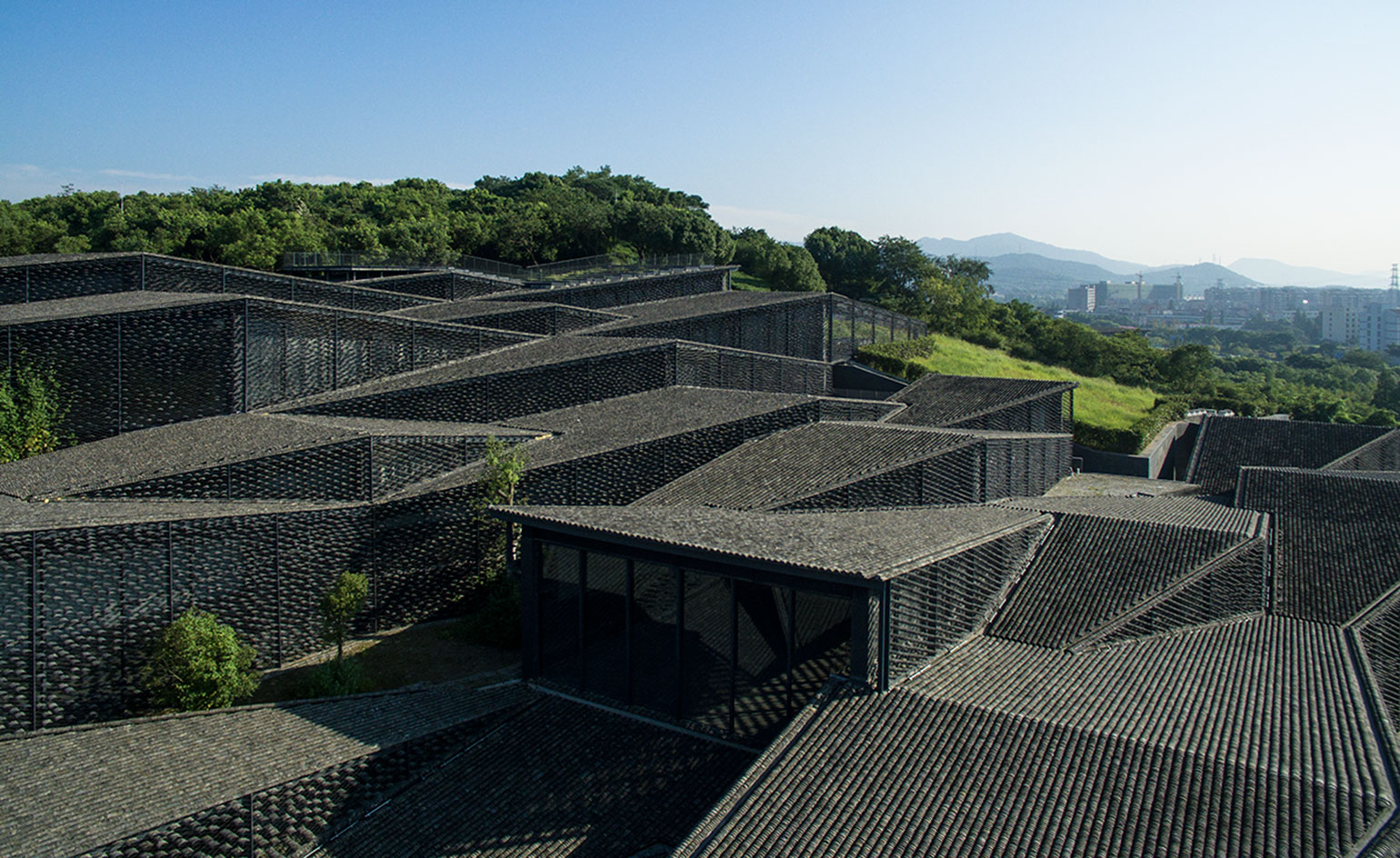
When seen from a distance, the complex resembles one of the area's traditional villages
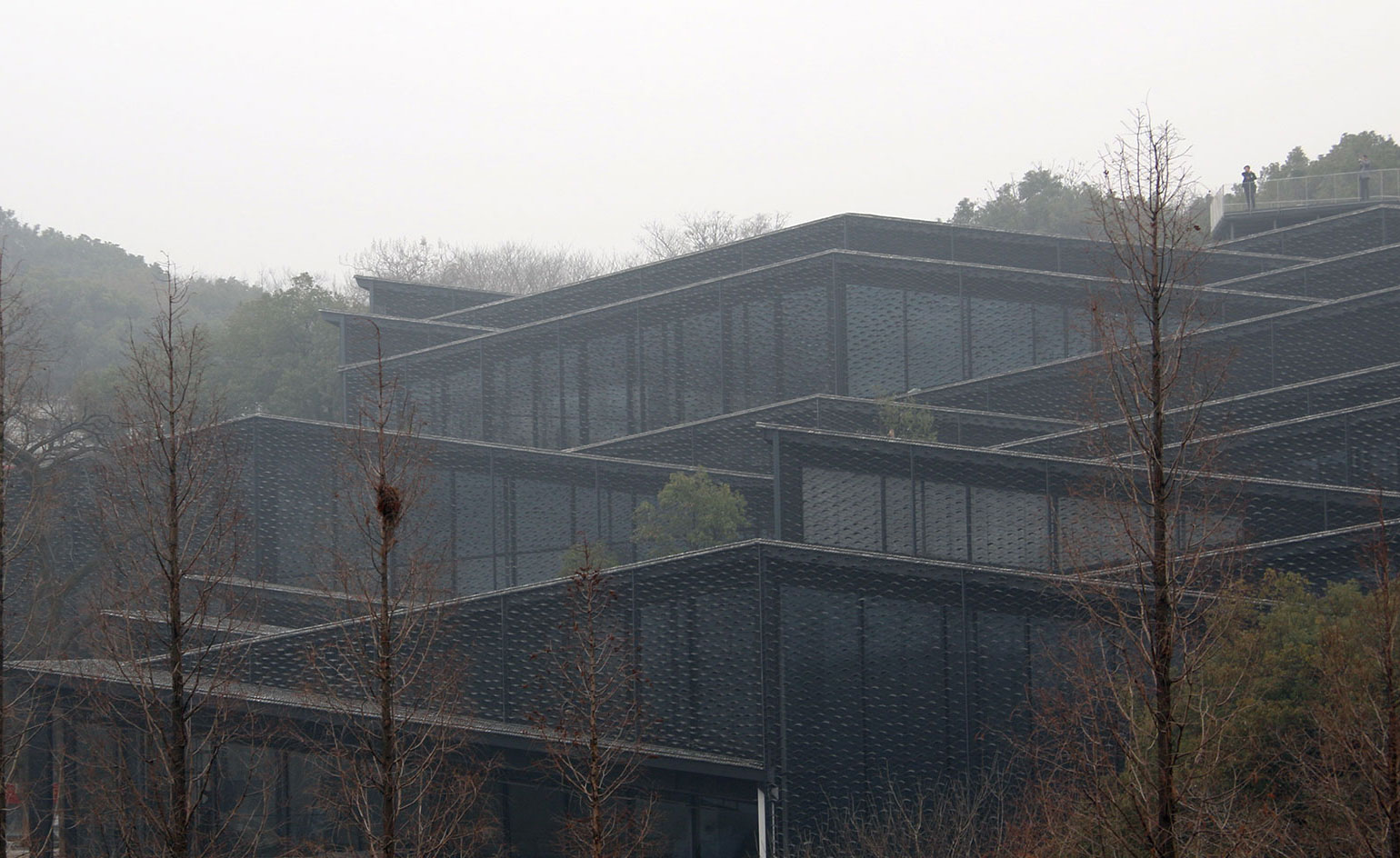
The complex of cascading roofs is kept low to keep a relationship with the ground, explain the architects

Kuma and his team worked with local material where possible, such as a series of reclaimed roof tiles from old homes from the region
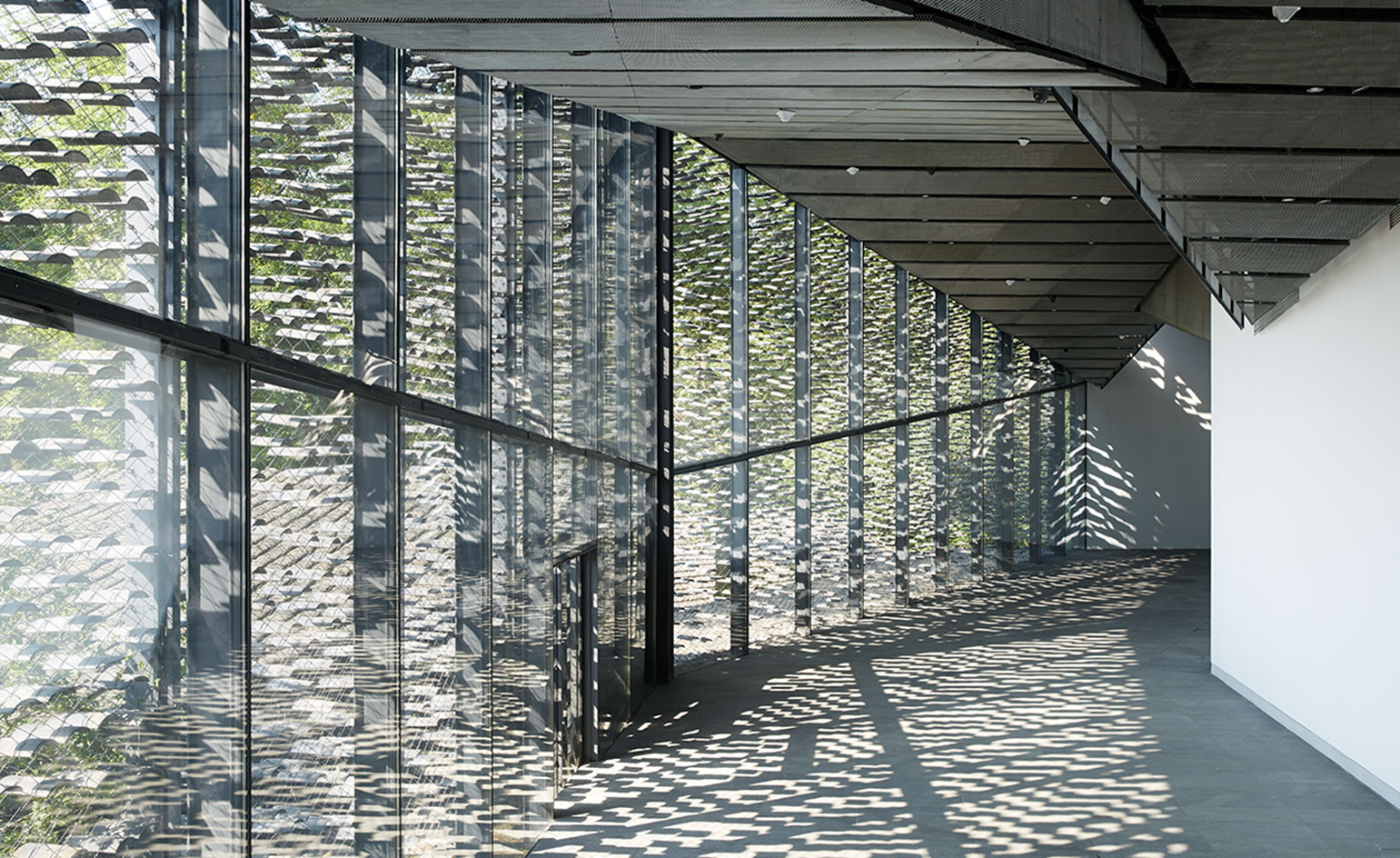
A stainless wire mesh on the façade, holds the tiles together, while creates a pleasant screen, filtering light and views
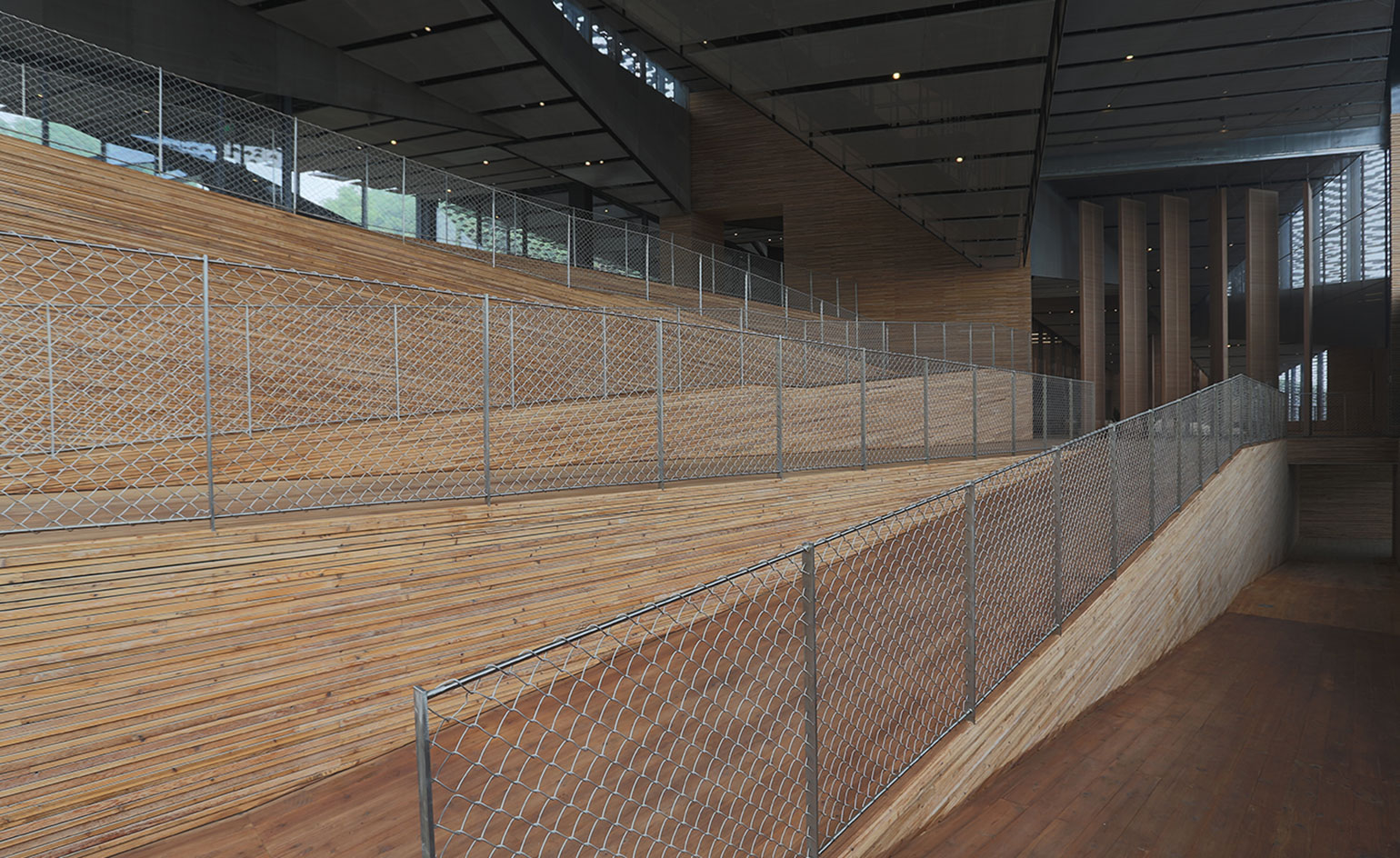
Cedar wood was also extensively used, mostly in the interiors
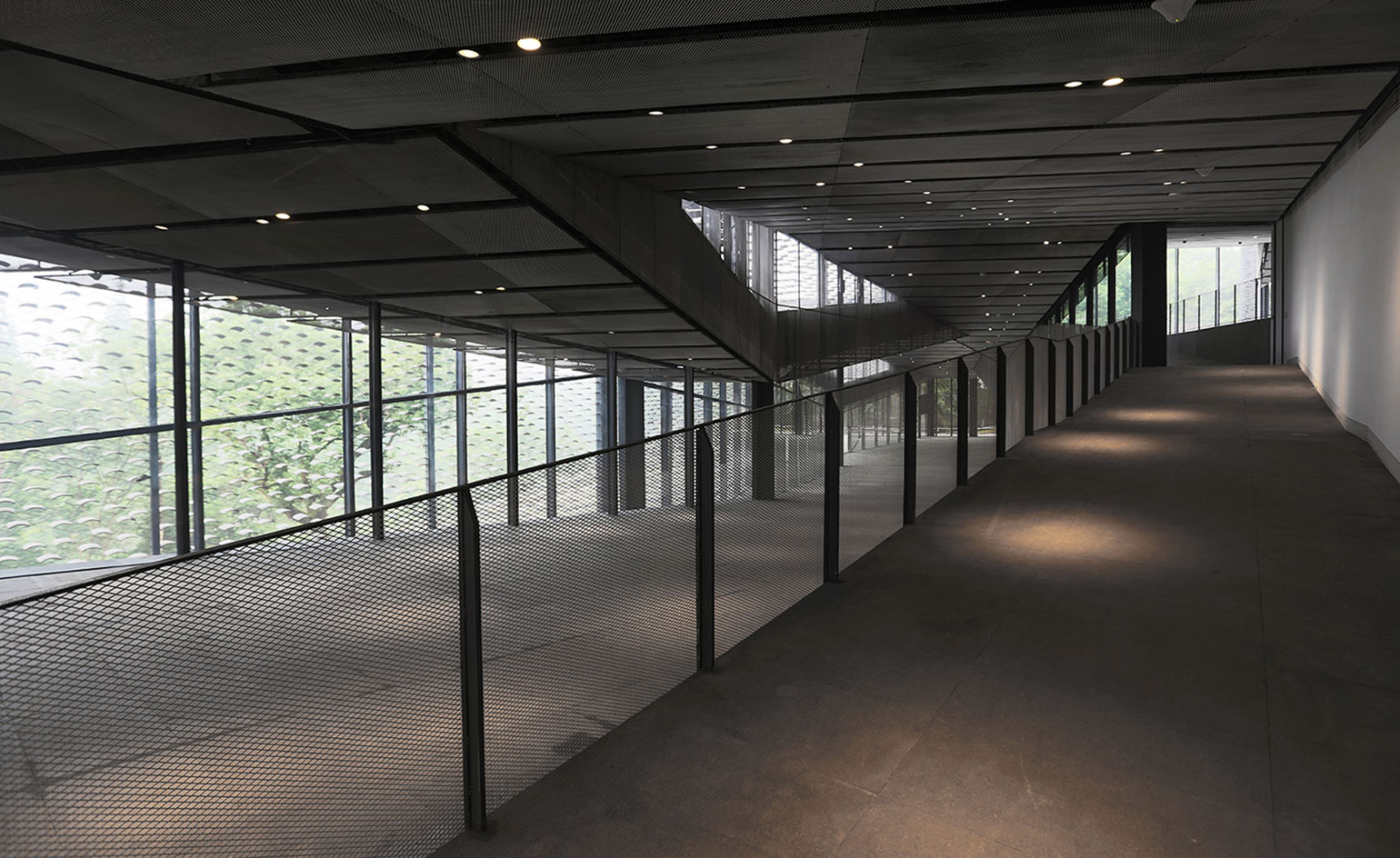
The museum features several unique display areas...
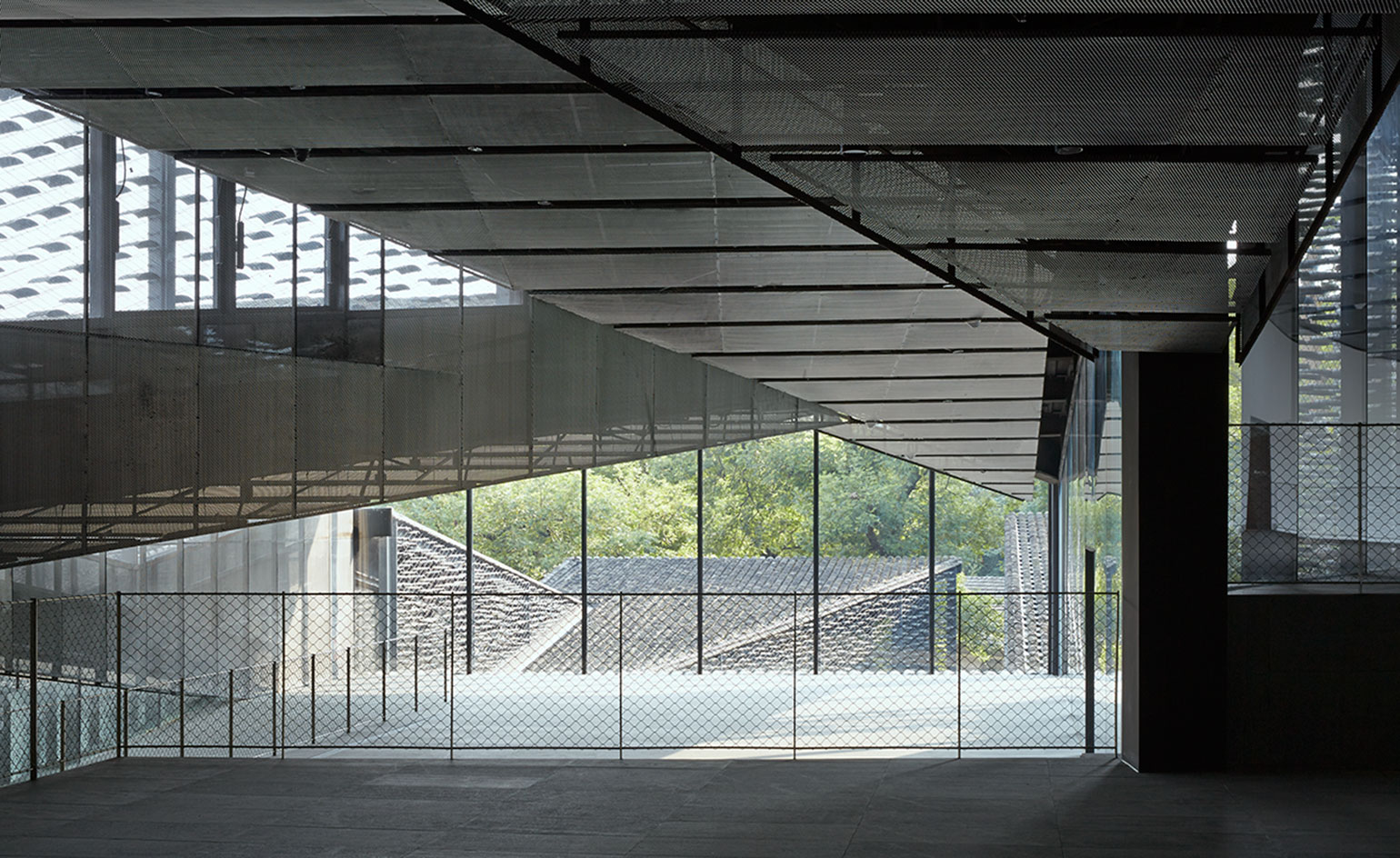
..while it also hosts a state-of-the-art conference hall for the campus
INFORMATION
Photography: Eiichi Kano
Receive our daily digest of inspiration, escapism and design stories from around the world direct to your inbox.
Ellie Stathaki is the Architecture & Environment Director at Wallpaper*. She trained as an architect at the Aristotle University of Thessaloniki in Greece and studied architectural history at the Bartlett in London. Now an established journalist, she has been a member of the Wallpaper* team since 2006, visiting buildings across the globe and interviewing leading architects such as Tadao Ando and Rem Koolhaas. Ellie has also taken part in judging panels, moderated events, curated shows and contributed in books, such as The Contemporary House (Thames & Hudson, 2018), Glenn Sestig Architecture Diary (2020) and House London (2022).
-
 Inside Christian de Portzamparc’s showstopping House of Dior Beijing: ‘sculptural, structural, alive’
Inside Christian de Portzamparc’s showstopping House of Dior Beijing: ‘sculptural, structural, alive’Daven Wu travels to Beijing to discover Dior’s dramatic new store, a vast temple to fashion that translates haute couture into architectural form
-
 A music player for the mindful, Sleevenote shuns streaming in favour of focused listening
A music player for the mindful, Sleevenote shuns streaming in favour of focused listeningDevised by musician Tom Vek, Sleevenote is a new music player that places artist intent and the lost art of record collecting at the forefront of the experience
-
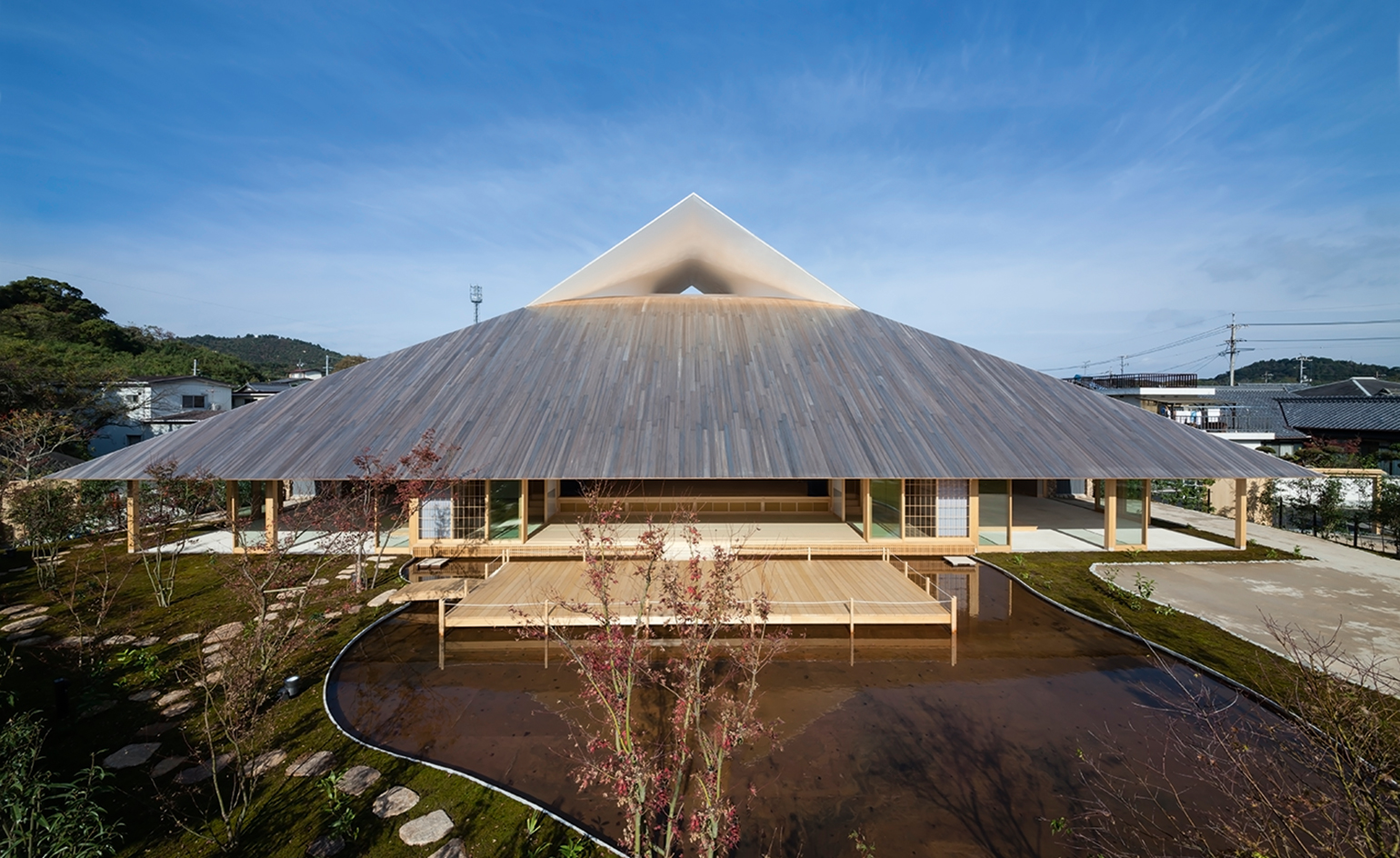 Take a tour of the 'architectural kingdom' of Japan
Take a tour of the 'architectural kingdom' of JapanJapan's Seto Inland Sea offers some of the finest architecture in the country – we tour its rich selection of contemporary buildings by some of the industry's biggest names
-
 Take a tour of the 'architectural kingdom' of Japan
Take a tour of the 'architectural kingdom' of JapanJapan's Seto Inland Sea offers some of the finest architecture in the country – we tour its rich selection of contemporary buildings by some of the industry's biggest names
-
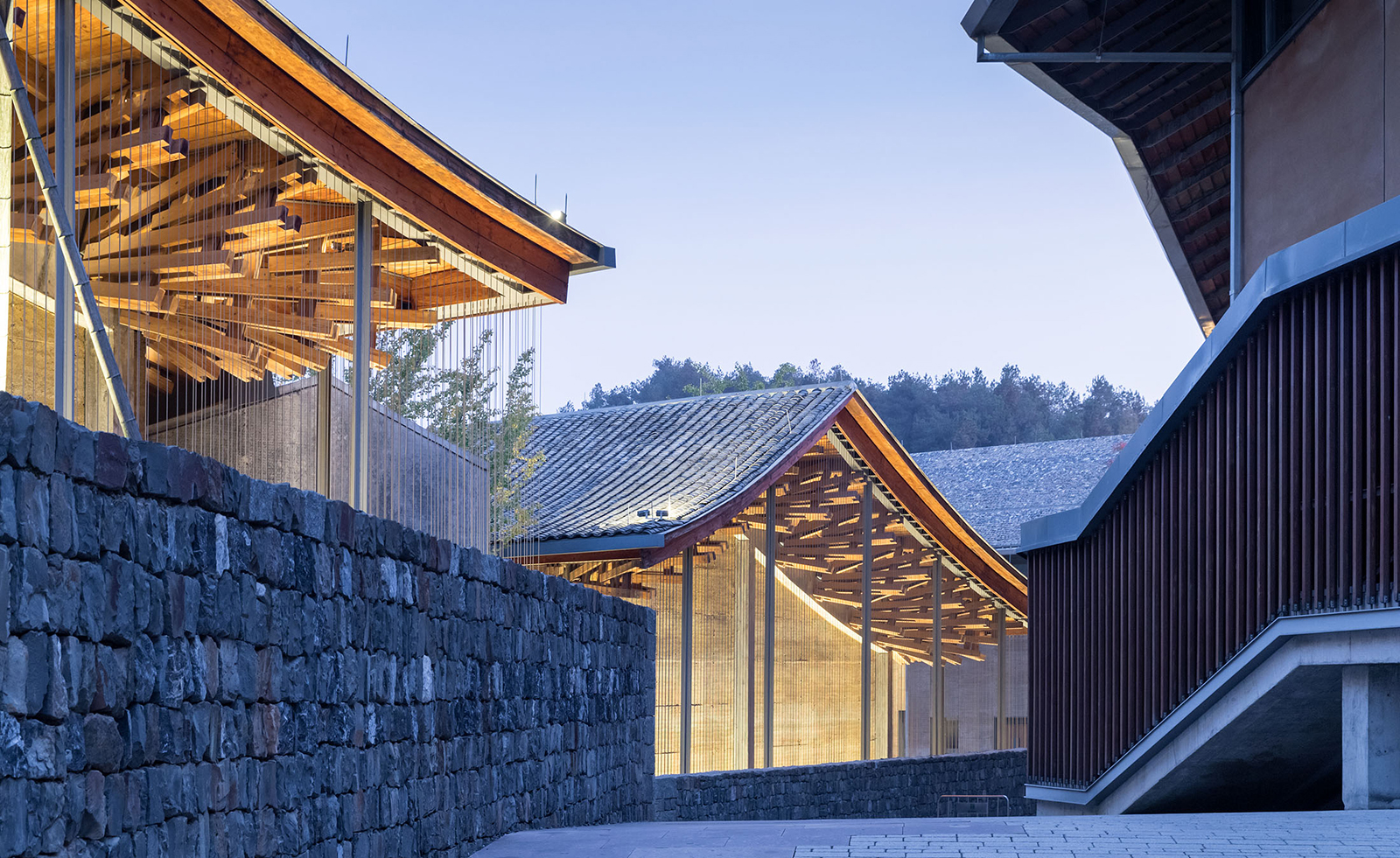 Wang Shu and Lu Wenyu to curate the 2027 Venice Architecture Biennale
Wang Shu and Lu Wenyu to curate the 2027 Venice Architecture BiennaleChinese architects Wang Shu and Lu Wenyu have been revealed as the curators of the 2027 Venice Architecture Biennale
-
 Tour this Chinese eco-farm, an imaginative wonderland connecting visitors with nature
Tour this Chinese eco-farm, an imaginative wonderland connecting visitors with natureLuxeIsland Farm by Various Associates is an eco-farm and visitor attraction in China’s picturesque Wuhan region; take a stroll across its fantastical landscape
-
 Welcome to The Gingerbread City – a baked metropolis exploring the idea of urban ‘play’
Welcome to The Gingerbread City – a baked metropolis exploring the idea of urban ‘play’The Museum of Architecture’s annual exhibition challenges professionals to construct an imaginary, interactive city entirely out of gingerbread
-
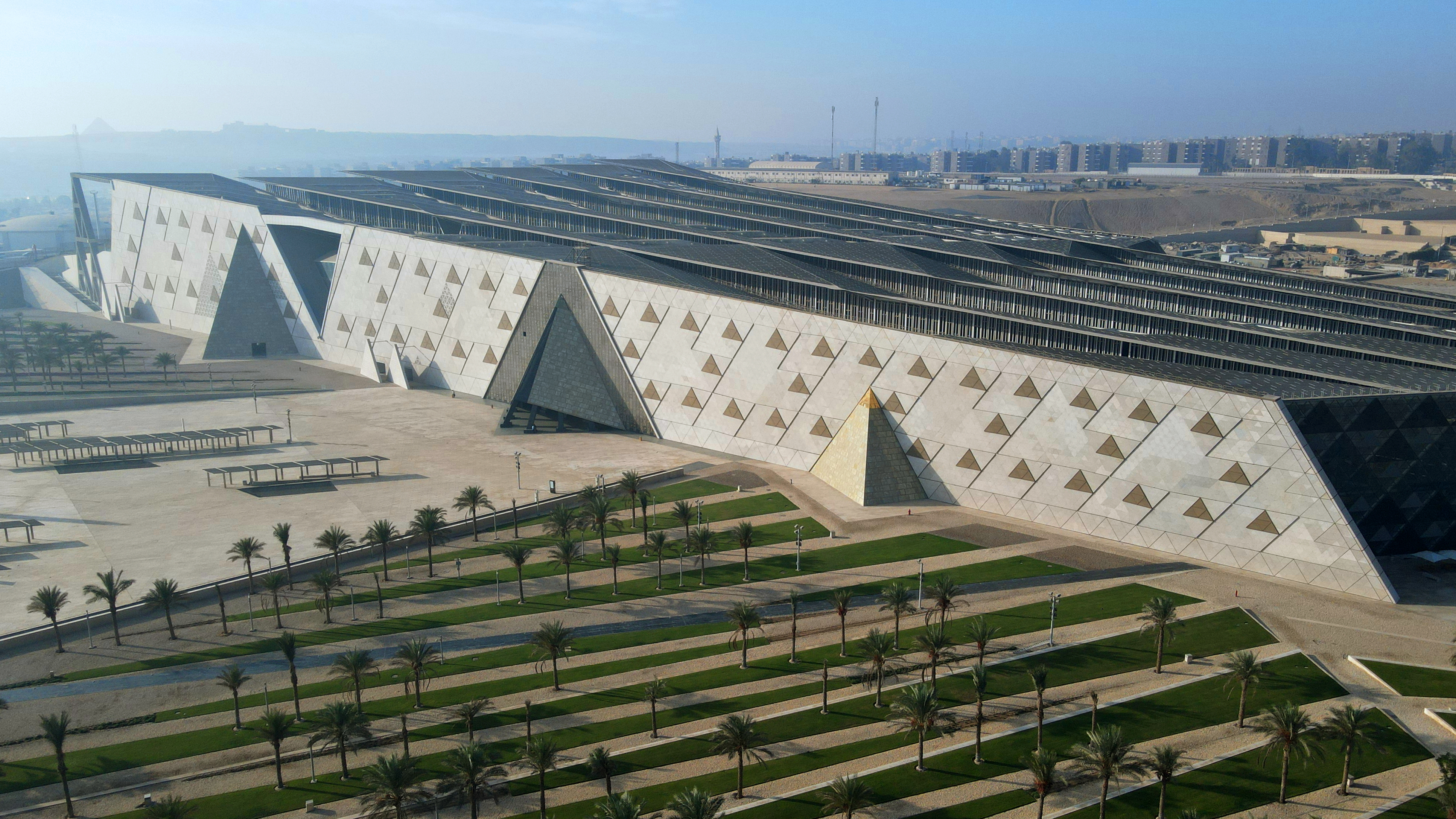 The Grand Egyptian Museum – a monumental tribute to one of humanity’s most captivating civilisations – is now complete
The Grand Egyptian Museum – a monumental tribute to one of humanity’s most captivating civilisations – is now completeDesigned by Heneghan Peng Architects, the museum stands as an architectural link between past and present on the timeless sands of Giza
-
 Honouring visionary landscape architect Kongjian Yu (1963-2025)
Honouring visionary landscape architect Kongjian Yu (1963-2025)Kongjian Yu, the renowned landscape architect and founder of Turenscape, has died; we honour the multi-award-winning creative’s life and work
-
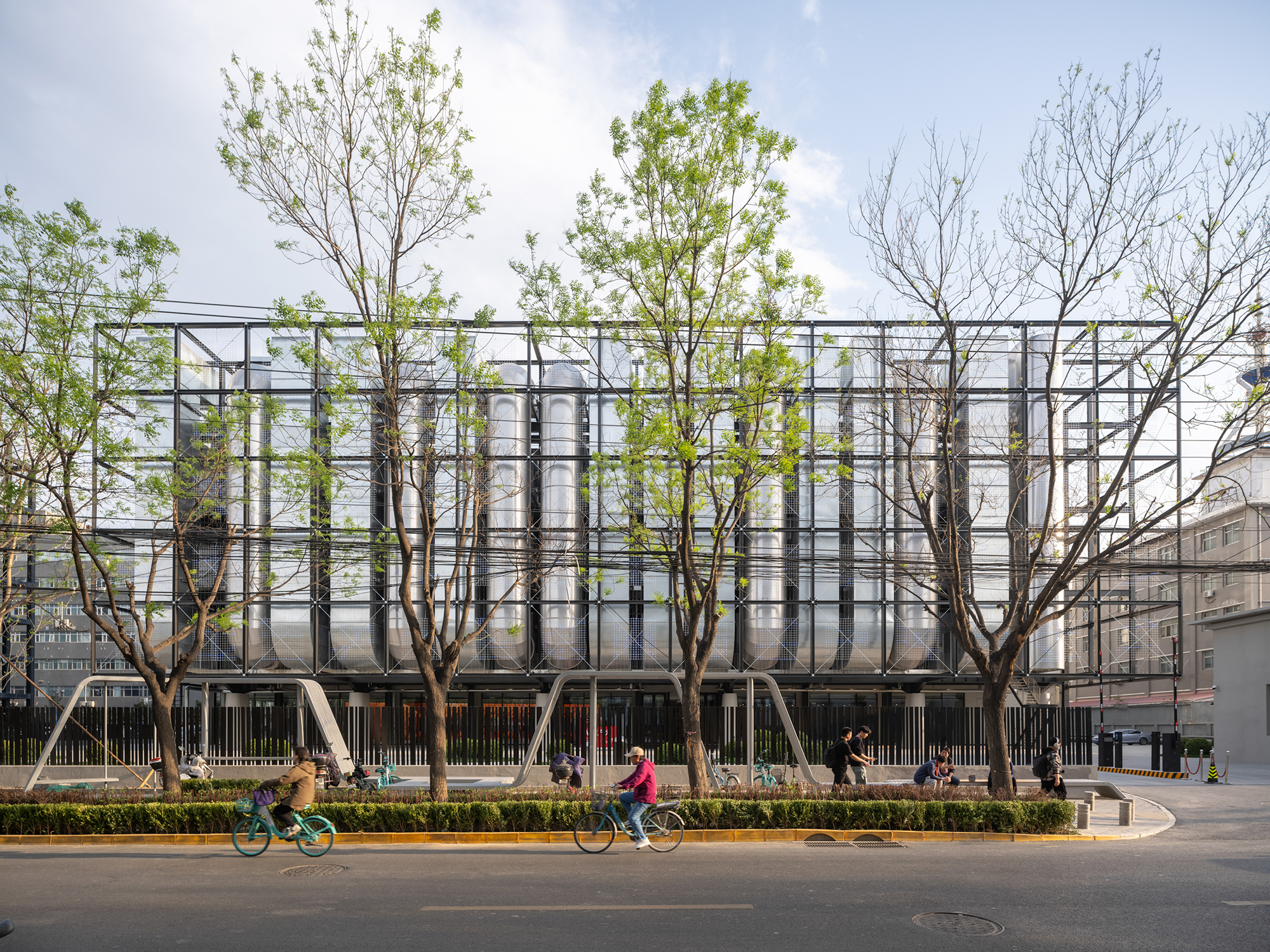 A new AI data centre in Beijing is designed to evolve and adapt, just like the technology within
A new AI data centre in Beijing is designed to evolve and adapt, just like the technology withinSpecialised data centre Spark 761, designed by llLab, is conceived as a physical space where humans and AI technology can coexist
-
 Shanghai’s biennial, RAMa 2025, takes architectural exploration outside
Shanghai’s biennial, RAMa 2025, takes architectural exploration outsideRAMa 2025, the architecture biennial at Rockbund Art Museum in Shanghai, launches, taking visitors on a journey through a historic city neighbourhood – and what it needs